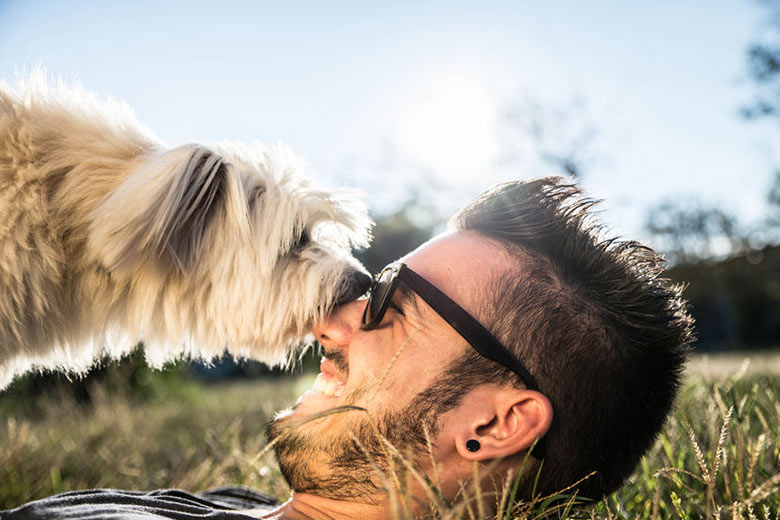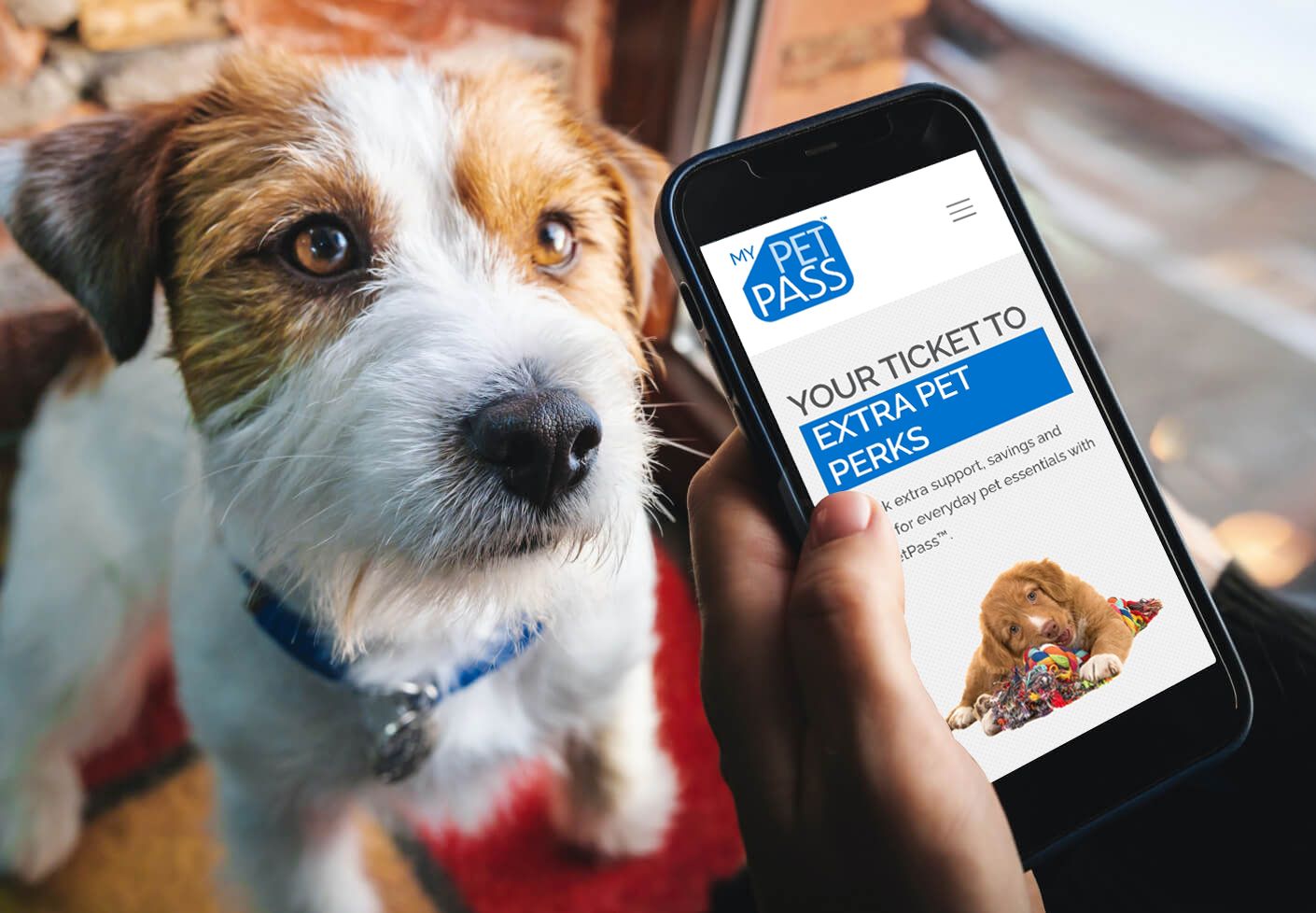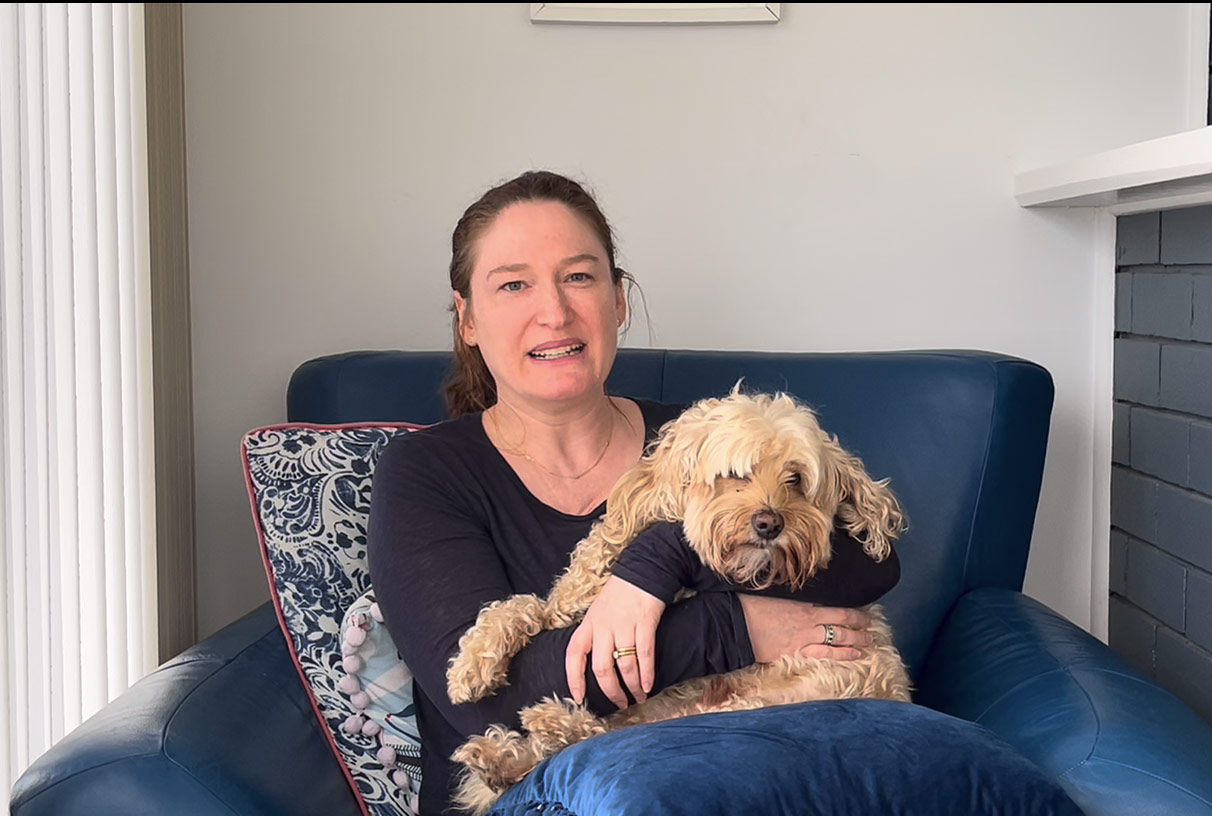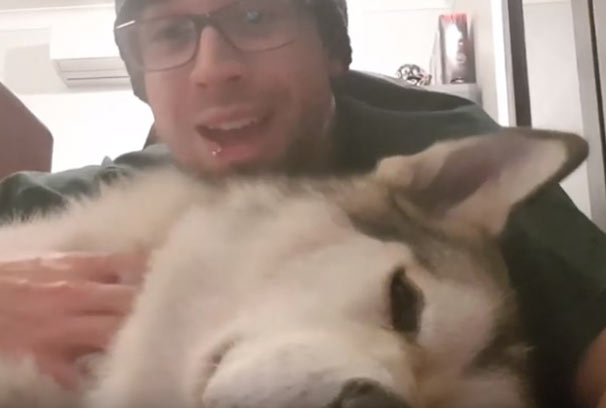IVDD Pet Insurance in Australia: Comprehensive coverage
 Intervertebral Disc Disease, or IVDD, is a common neurological condition that affects a dog’s spine, causing pain, inflammation, and sometimes paralysis, and may requires surgery.
Intervertebral Disc Disease, or IVDD, is a common neurological condition that affects a dog’s spine, causing pain, inflammation, and sometimes paralysis, and may requires surgery.
IVDD reportedly affects 2% of domestic dogs. It is more common in breeds with long backs and short legs, such as Dachshunds and Basset Hounds.
Taking out pet insurance that covers IVDD can be a wise decision, as the treatment for this condition can be very expensive and complicated. Depending on the severity of the disease, your dog may need medication, surgery, physiotherapy, or alternative therapies to recover. The cost of these treatments can range from hundreds to several thousands of dollars.
Importance of IVDD pet insurance cover in Australia
Unfortunately, IVDD is a degenerative disease that can cause a host of problems for your dog. IVDD can be a very costly condition because of the many diagnostic tests, treatments and/or surgeries required to help an affected dog.
Fortunately, there is pet insurance that covers IVDD, helping you make decisions based on your fur baby’s wellbeing, rather than your finances. Pet insurance that covers IVDD is important because it can help by covering a portion of your eligible vet bills if an unexpected illness such as IVDD occurs#.
When considering the best pet insurance for IVDD, be aware that some pet insurance plans in Australia don’t cover this condition. Which is why it’s so important to read the policy details carefully, to scrutinise the Product Disclosure Statement for information about coverage and exclusions, and to compare different options before choosing pet insurance cover for your dog.
Pet insurance that covers IVDD in Australia:
Bow Wow Meow’s Nose-to-Tail Cover provides cover for IVDD as an illness#.
#Policy T&Cs, limits, exclusions and waiting periods apply. Annual excess may apply. Because IVDD is typically considered to be an illness rather than an injury, it is not likely to be covered by Accident Only policies.
Overview of IVDD and its impact on pets
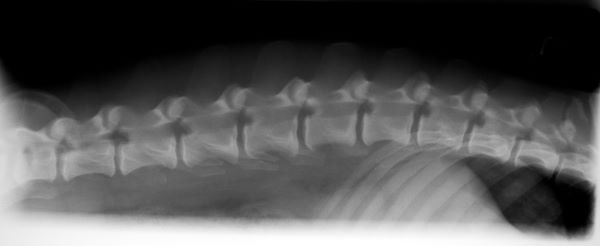 IVDD affects the intervertebral discs that help protect the spinal cord. As a result of age, movement, and injuries, the discs degenerate, causing spinal pain.
IVDD affects the intervertebral discs that help protect the spinal cord. As a result of age, movement, and injuries, the discs degenerate, causing spinal pain.
The discs can also herniate (bulge out) and press on the spinal cord, which is not only very painful but can cause nerve damage and even paralysis. This may occur suddenly, or more slowly over time depending on the type of herniation that has occurred.
Whether onset is sudden or slow, Intervertebral Disc Disease is a serious condition that can impact a dog’s quality of life. In the most severe cases, some dogs with IVDD are euthanised.
Immediate veterinary attention is essential because there are options available to treat the disease and slow its progression, especially if it is diagnosed in the early stages.
Understanding IVDD and its implications
Intervertebral Disc Disease is considered to be a genetic condition which causes the disks in a dog’s spine to degenerate.
Any breed, age or gender can be affected with IVDD. However, certain breeds are more likely to be affected, and obesity and age are risk factors for this condition.
IVDD occurs more commonly in the following breeds:
- Breeds with hereditary skeletal abnormalities such as Dachshunds, Shih-Tzus, Beagles, Pekingese, Poodles, Corgies and Bassett Hounds.
- Miniature Dachshunds are significantly more prone to intervertebral disc disease and spinal issues—about 4.8 times more likely than other dogs due to their long body structure. They’re also
more likely to experience lameness and back pain. - Standard Dachshunds are highly susceptible to intervertebral disc disease and spinal issues, with their risk being 4.5 times higher than the average dog. This significantly increased risk is due to their long body structure and short legs, which place additional strain on the spine. As a result, they are more prone to spinal disc degeneration and herniation, leading to pain, mobility issues, and potential paralysis in severe cases.
- French Bulldogs are five times more likely to develop intervertebral disc disease than other breeds.

Find out more about Pet Insurance for Miniature Dachshunds
How much does IVDD treatment cost?
According to PetSure claims data 2024, the average treatment cost for IVDD in 2024 for dogs was $5,018Ø, with the highest treatment cost being $41,850Ø.
These costs reflect the sophisticated equipment, surgical expertise and 24-hour monitoring required for such complex treatments. However, the actual cost of treating IVDD depends on what sort of treatment your dog is getting. Like all veterinary care, the cost of care also depends on where you live and the type of veterinary specialist.
ØBased on PetSure claims data, 2024 calendar year. Reimbursement for these claims under a pet insurance policy would be subject to limits, such as annual benefit limits or sub-limits, benefit percentage, applicable waiting periods and any applicable excess. Cover is subject to the policy terms and conditions. You should consider the relevant Product Disclosure Statement or policy wording available from the relevant provider. Please note that values calculated are based on all claims for that condition and medically related conditions in each calendar year.
Common symptoms and signs of IVDD in dogs
Knowing the signs and symptoms of IVDD can help you determine if your dog is developing the condition. It’s important to be able to recognise the symptoms early and to act quickly, especially if you have a breed most at risk.

Signs of IVDD can depend on whether the condition occurs suddenly or over time, as well as where the affected disc is located along the spine:
- Sudden IVDD: the dog may yelp, followed by paralysis, involuntary urination, a reluctance to move and/or distress. Some dogs may vomit, shake or show other signs related to pain or stress.
- Slow onset IVDD: there is a longer period of pain, weakness, decreasing mobility or muscle wastage.
- Affected disc is in the neck (Cervical IVDD): the dog may have mobility issues affecting all four limbs, be reluctance to move or turn its head, carry its head cautiously and often held low, and/or have difficulty lowering its head to eat or drink.
- Affected disc is in the middle back (the Thoracolumbar area): the dog’s rear legs may appear weak and show signs of incoordination or paralysis.
- Affected disc is in the lower back (the Lumbosacral area): the dog may suffer from incontinence (urinary and/or faecal), have mobility issues including the inability or reluctance to navigate stairs or jump, and tail movement may be affected.
Unsure how serious it is?
Bow Wow Meow policyholders can get access to trusted vet care anytime, anywhere, at no additional cost. Connect to an experienced Australian registered vet via video call, 24/7. Whether it’s providing vet advice, setting up at-home treatment plans, or confirming if you need to visit a vet in person, you can get help when you need it.
Find out more about our pet insurance cover options.
Case study

Bow Wow Meow’s Hero Pet, Bronte the French Bulldog, battled bravely through the pain and treatment of Intervertebral disc disease.
Bow Wow Meow is proud to have paid out more than $8,000 toward’s Bronte’s life-saving treatment, and to provide cover for hundreds of IVDD claims each year.
Read Bronte’s story here.
Why is the cost of IVDD treatment for dogs so high?

- Diagnosis of IVDD may include X-rays, CT scan, MRI or a type of sonogram called a myelogram to identify the affected areas of the spinal cord. These procedures may not be available at many general vet practices, so a visit to a veterinary hospital or specialised practice may be required.
- Treatment for IVDD will depend on the severity of the disorder. If the damage to the spine isn’t too severe, the vet may prescribe steroids and anti-inflammatory medications. Ongoing monitoring and physical therapy may also be necessary to prevent or slow further deterioration.
- IVDD surgery costs in Australia can run into tens of thousands of dollars. Surgery is often undertaken to decompress the spine at the site of the affected disc. Dogs that undergo surgery have a better chance of recovery if they are operated on soon after initial diagnosis. Others recover but have subsequent bouts with IVDD if other discs herniate later in life, requiring further treatments and/or surgeries.
- Rehabilitation post-surgery is important to help dogs regain function and speed up recovery.
While IVDD can be treated, it can’t be cured. Pet parents could potentially find themselves spending thousands of dollars as the disease progresses over time.
Managing a progressive disease like IVDD can be very stressful, both emotionally and financially. That’s why it can be beneficial to have the security of pet insurance that covers IVDD#.
Why should you get pet insurance with accident and illness cover if you’re concerned about IVDD?
IVDD is more likely to be covered by pet insurance that covers accident and illness#. Because IVDD is typically considered to be an illness rather than an injury, it is not likely to be covered by Accident Only policies.
If you are unsure whether you are covered for IVDD under your existing policy, you will need to refer to your policy documents including your Certificate of Insurance and Product Disclosure Statement (PDS) for more information.
The costs of diagnosing and treating IVDD can really add up — especially if your dog has a more severe case.
It is difficult to predict the costs of veterinary care for IVDD in each individual case, but pet insurance that covers IVDD allows you to have measures in place to get the best possible care for your dog, without the huge financial stress.
While we all want the best for our dogs, a serious health condition like IVDD can come at quite a considerable cost. If we don’t have bottomless pockets, pet insurance with accident and illness cover is a means to ensure that we can still provide the care our fur babies need.
#Policy T&Cs, limits, exclusions and waiting periods apply. Annual excess may apply.

Researching pet insurance providers
Here are some steps you can follow to research pet insurance providers:
- Check the ratings of the pet insurance companies you are considering on independent rating sites like productreview.com.au and Google ratings. Existing and previous customers and can provide a lot of valuable information, especially when it comes to customer service.
- Make a shortlist of pet insurance providers that suit your needs and budget. You should look for three or four that offer the coverage you need, the price you can afford, and the customer service you expect.
- Do some online research of the pet insurance providers you are interested in. Have a look at their websites to get a feel of the company. Are they focused exclusively on pets, or is pet insurance just one of a range of types of insurance they provide?
- Compare the quotes and coverage of different pet insurance providers. You can usually do this online, but in many cases you can also contact the insurance companies directly and ask for quotes and details about their cover and benefits if this is an easier option for you.
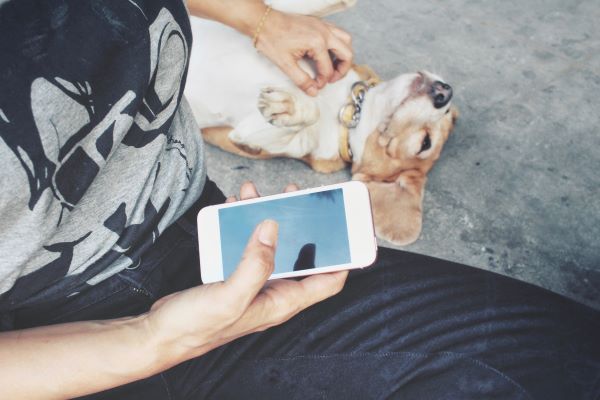
- Despite all the available technology, “word of mouth” is still considered as one of the most trusted sources of referrals among Australian consumers. Speak to friends, neighbours and family members with pets, as well as people you see at the dog park or on your daily walk. Ask them which pet insurance provider they use, why they chose their provider and if they would recommend them, based on their experience thus far.
Because it is difficult to predict the costs of veterinary care, it can help to have measures in place to help prepare for the unexpected. Pet insurance can help by covering a portion of the eligible vet bill if the unexpected does happen.Find out more about our dog insurance options.
Evaluating cover options specific to IVDD
To evaluate pet insurance coverage options specific to IVDD, you should consider the following factors:
The type and level of coverage
Some types of pet insurance may only cover accidents, while others may cover both accidents and illnesses. Look for a policy that specifically covers IVDD as an illness, and check that it is not designated as a pre-existing condition or an exclusion (either for all breeds or specified breeds). You can also check the annual limits, excess, co-payments, and any waiting periods for IVDD claims.
The cost of treatment
Depending on the severity and location of the condition, your pet may require surgery, medication, physiotherapy or other forms of treatment. These costs can quickly add up, so be aware of the annual limits and any IVDD-specific sub-limits that may apply.

The reputation and reliability of the insurance company
The pet insurance company may look great on paper, but do they put their money where their mouth is? You should research the customer reviews, ratings, and complaints about the insurance companies you are considering in order to get a fair idea.
What are some key considerations for complete IVDD coverage?
- Make sure that the pet insurance company hasn’t listed IVDD as a hereditary condition and/or congenital condition for your dog’s breed, as this may be a way for them to exclude coverage of the condition.
- Be sure to take out a policy early, preferably during puppyhood, so that IVDD is not considered as a pre-existing condition. If your dog has shown signs of IVDD before commencement of the policy or during the applicable waiting period, the condition will most likely be excluded from coverage.

- Be aware that reimbursement for IVDD claims may be subject to limits, such as annual benefit limits or sub-limits, benefit percentage, applicable waiting periods and any applicable excess. Cover is always subject to the policy terms and conditions.
Pre-existing condition limitations and waiting periods
Similar to other forms of insurance, any issue that existed or that you were aware of before your pet was insured is generally excluded from cover. Insurance policies are there to protect against the unexpected so for this reason, claims relating to pre-existing conditions are not covered.
A pre-existing condition is:
- A condition that existed or occurred prior to the commencement date of your first policy period or within any applicable waiting period.
- A condition that you or your vet were aware of, or a reasonable person in your circumstances would have been aware of.
- This is irrespective of whether the underlying or causative condition was diagnosed at the time.
Potential complications and long-term effects
If you suspect your dog may have IVDD, do not delay in seeking out veterinary attention. Early detection and treatment are vital for your dog to have the best possible outcome.

Your veterinarian is the best person to discuss the prognosis and best options for your pet should they be diagnosed with IVDD. The longer it takes to act, the faster the dog loses the capacity to recover or walk again. Some dogs end up paralysed for the rest of their lives, while others with severe spinal cord compression are euthanised.
To learn more about IVDD in dogs, read our comprehensive article: Intervertebral disc disease (IVDD) in dogs
Securing comprehensive IVDD coverage for peace of mind and protection

IVDD is, unfortunately, a very painful and costly disease, and urgent treatment is highly recommended to help relieve compression of the spine. If left undiagnosed or untreated, spinal cord compression will become more severe and the prognosis will become much worse.
Lifelong management is common in dogs with IVDD. For those who have surgery, there is a lengthy recovery period that may include rest, medication and physiotherapy. Some dogs are left with mobility issues that require pet wheelchairs or other devices, and others may suffer from lifelong urinary or faecal incontinence. In some cases, treatment – and the costs it comes with – may continue for the duration of the dog’s life.
This is why it is so important to monitor your dog for symptoms and catch them early on, and to consider investing in the financial security of pet insurance before it’s too late.
Bow Wow Meow Pet Insurance can help protect you and your dog should an unexpected trip to the vet occur.
-
Find out more about our dog insurance options
-
Get an online pet insurance quote
Bow Wow Meow is proud to have been awarded winner of Canstar’s ‘Most Satisfied Customers’ Award in the Pet Insurance category for both 2024 and 2025!
Bow Wow Meow is proud to have been chosen as Product Review’s Pet Insurance Award Winner every year from 2018 to 2025! This is based on 2,995 independent customer reviews (as at 21/01/2025), with an overall rating of 4.3*
Google Review rating = 4.5* (based on 968 reviews)
Trust Pilot rating = 4.6* (based on 531 reviews)
Bow Wow Meow is proud to have been chosen as Product Review’s Pet Insurance Award Winner every year from 2018 to 2025! This is based on 2,995 independent customer reviews (as at 21/01/2025), with an overall rating of 4.3*
Google Review rating = 4.5* (based on 968 reviews)
Trust Pilot rating = 4.6* (based on 531 reviews)
Bow Wow Meow has been chosen as a winner in the Finder Pet Insurance Awards 2024. Finder’s panel of experts analysed over 140 quotes to award our Ultimate Care Plan the winner of the “Pet Insurance – Value” category.

